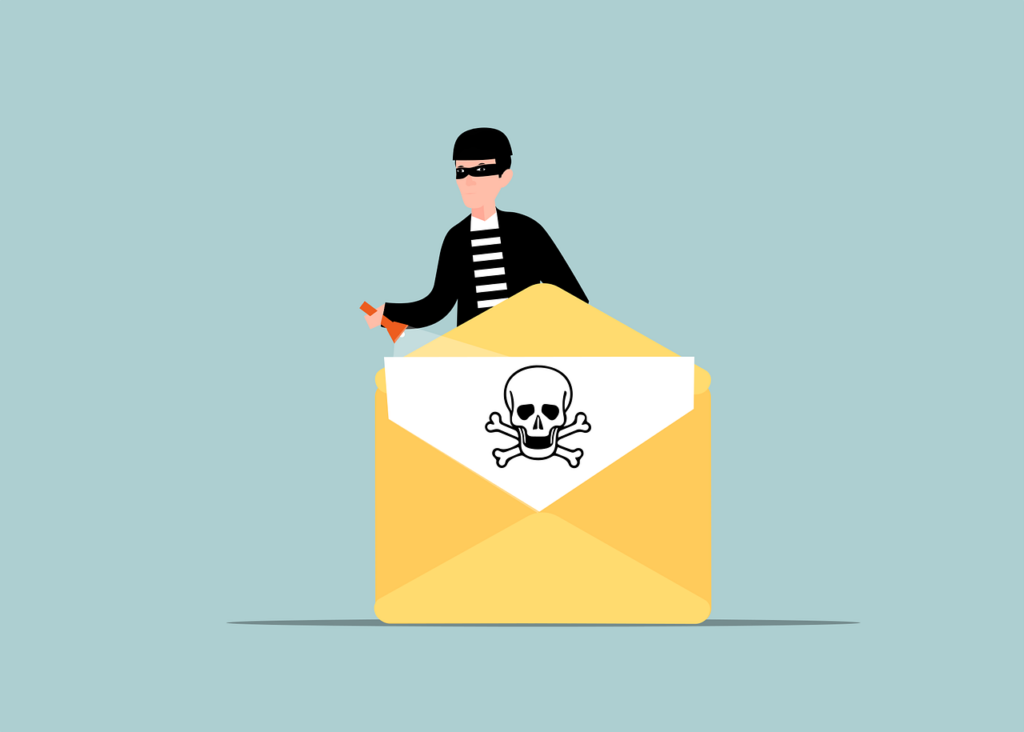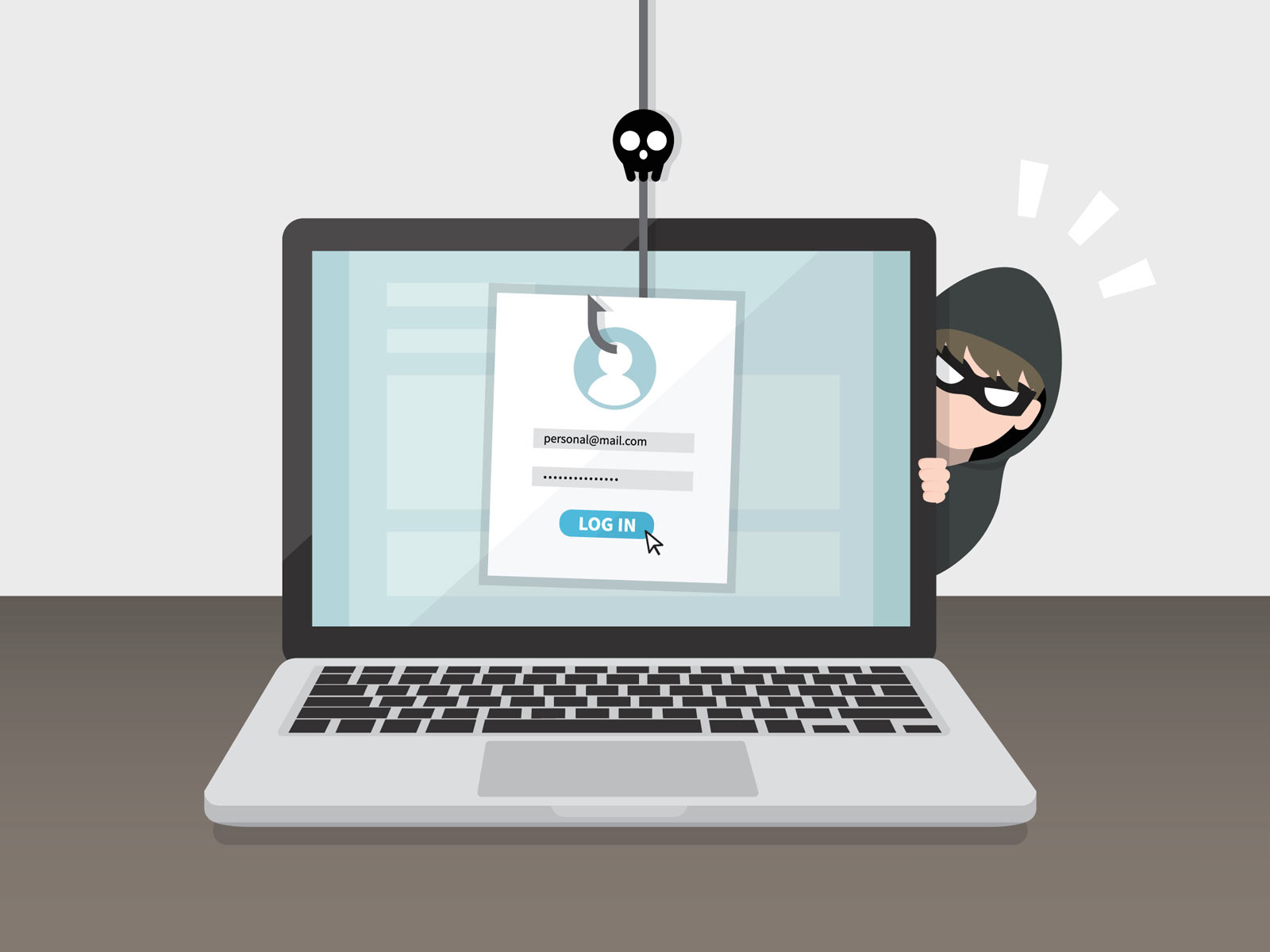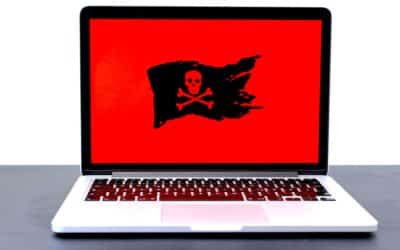Receiving a “phishy” email or message can be frustrating and oftentimes quite a big risk for businesses. Phishing is one of the most dangerous cybersecurity threats and can cost many companies billions of dollars annually. Phishing attacks are only increasing in number and danger as cybercriminal tactics catch up with technological development. It’s important to always be one step ahead. You can’t afford to overlook the importance of taking the right precautions to help your employees avoid phishing emails. Training all employees to avoid phishing emails is a necessity if you want to protect your firm from this risk.
What Exactly Is Phishing?
Social engineering scams are a common way that hackers use to deceive potential victims. They use tactics to “socially engineer” and get what they want — which could be log in credentials, financial information, sensitive data, deploying a virus, or something of the like. Phishing is a type of social engineering scam in which threat actors send emails/messages pretending to be from a legitimate sender to trick recipients into revealing personal information or clicking malicious links. Phishers might pretend to be your boss, for example, sending an email with an important PDF file. Once you click that file, however, it actually deploys malware onto your computer. Phishing is one of the most dangerous and common social engineering attacks. Without the right training and understanding of the risks, it’s quite easy to fall for a phishing scam.
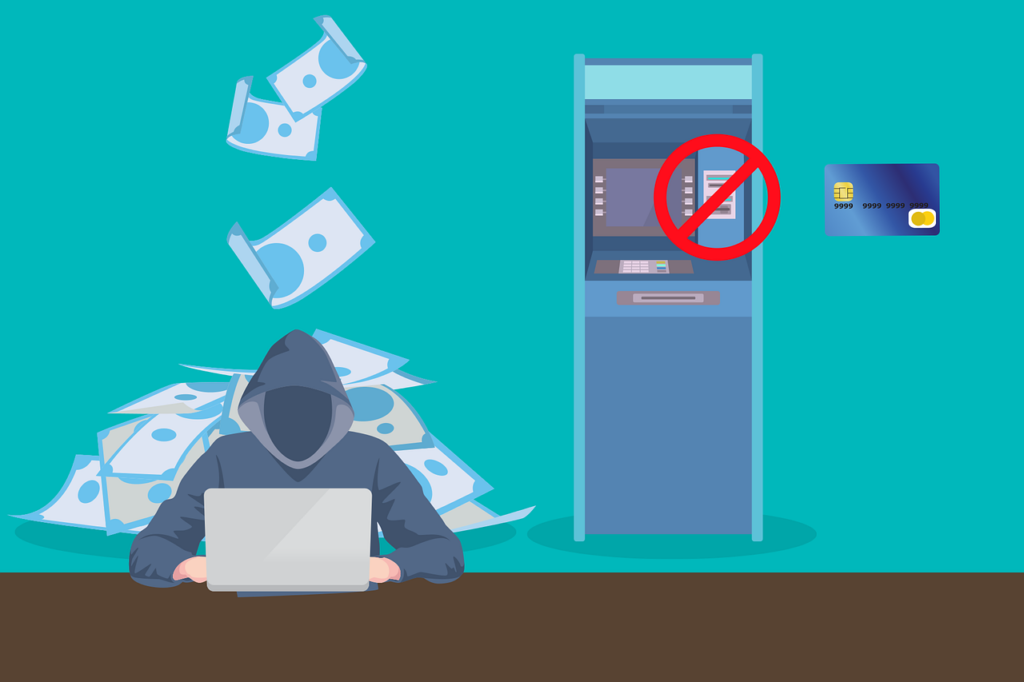
The Importance of Training Employees to Avoid Phishing Emails
Emails are very susceptible to cyber attacks. Why? A threat actor can very easily just send you a message containing malware, a virus, ransomware, etc., and if the recipient opens it up, boom. One miniscule human error can have major impacts on your business’ operations and safety.
The fact of the matter is that no individual is immune to phishing or any type of social engineering in that case. Phishing scams can range from attacks targeting particular individuals, including C-level finance directors or executives, to broad-stroked attacks across an entire enterprise. Hackers might target phishing attacks at certain individuals by leveraging information from public sources and platforms like LinkedIn. Any and every employee can be at risk without the proper methods of mitigation.
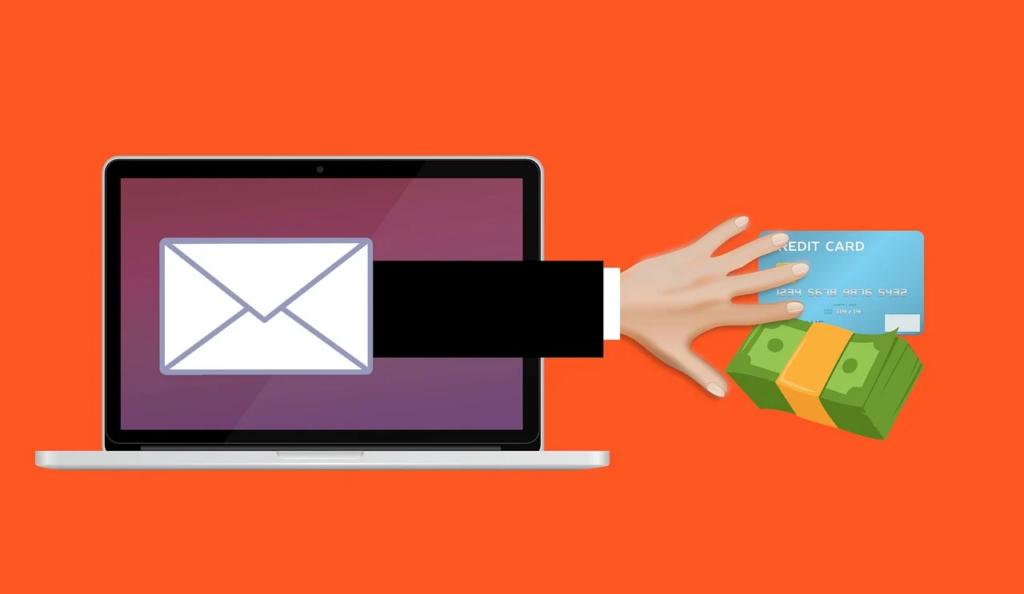
The same way there are different levels of intelligence in the business arena, there are various sophistication levels within the cyber criminals circles. Amateur cyber criminals, for example, use unsophisticated approaches like quick phishing attacks to target most employees. On the other hand, experienced cyber criminals will spend time finding ways to grab readers’ attention and convince them the message is legitimate.
One single click or document download can expose an entire firm to an online attack. For that reason, your workers need insight into how they can avoid phishing emails — it’s the first and best line of defense for your organization. It is critical to educate employees about phishing.
Types of Phishing Attacks
Before delving into how to train employees to avoid phishing emails, you need to understand the different types of phishing attacks. This is the most common approach that cybercriminals use to attack firms, and below are details on the popular tactics that attackers use.
a) Whaling
The target of whaling attacks is high-level and senior executives. Threat actors use highly personalized emails that appear legitimate. The attack can include false information like a job title and an “employee’s” name. This coerces the recipient into looking into the suspicious emails and opening an attachment which likely contains a virus.
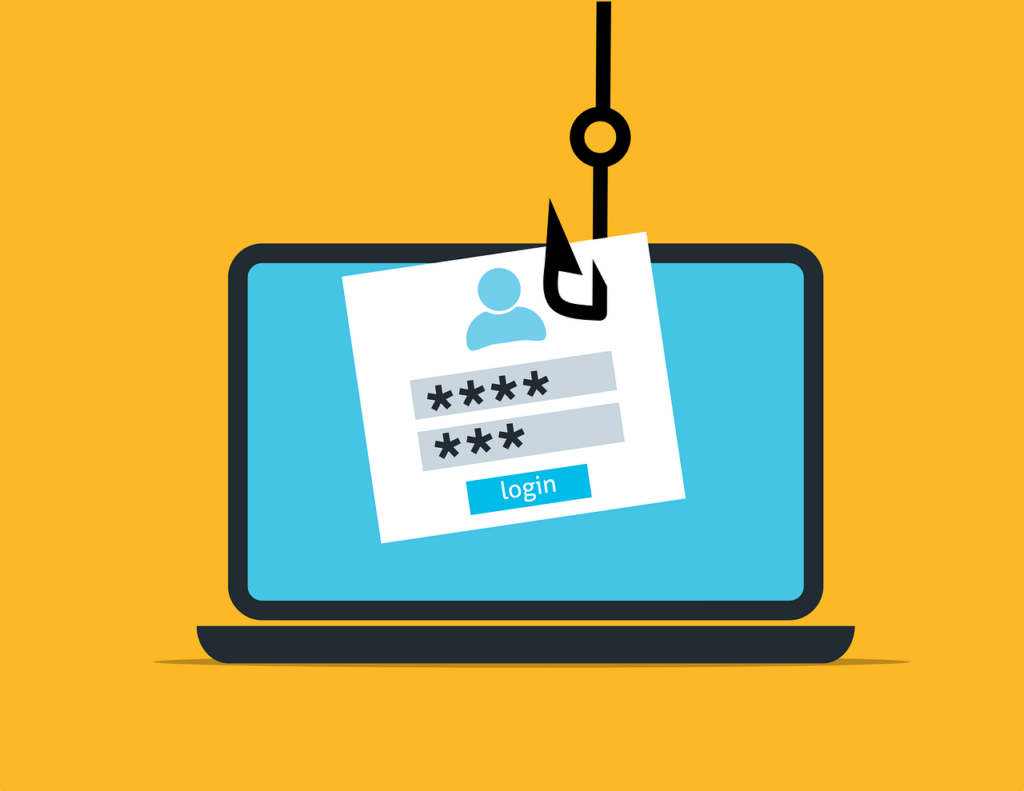
b) Domain Spoofing
In the case of domain spoofing, cyber criminals make websites and emails appear to be coming from a real organization. An experienced hacker can easily make the URL look like a legitimate domain. To the untrained eye, it becomes a challenge to tell the difference between a real and fake domain. It makes a site resemble your entity’s design. The attack comes in the form of emails appearing to be originating from your firm’s email address.
c) CEO Fraud
Cyber criminals can pretend to be the CEO of your organization, known as “CEO fraud.” Hackers will create an email that appears to originate from a CEO or a lower-level worker. Usually the message they send from this email will ask one to avail some form of personal details.
d) Spear Phishing
The personalization of emails for particular victims is the idea behind spear phishing, which is a very targeted attack. As such, an attacker can discover the subject lines that an intended victim will find interesting, and that is possible through social engineering.
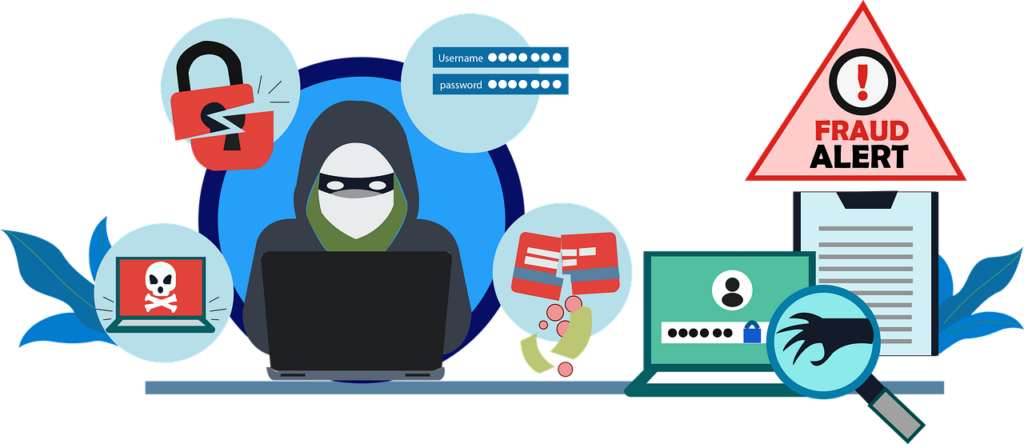
How Do You Train Employees to Avoid Phishing Emails?
Practical user training on phishing matters is critical because it acts as a safety precaution for your enterprise. If a hacker has gained access to account numbers, credit cards, or other sensitive information due to this sort of scam, your business will be at a huge risk. Below are details on how you can train employees to remain vigilant in this case.
1. Focus on Creating Awareness
Cybersecurity training cannot be a success without creating awareness. That makes creating awareness the first step you should take in any phishing training program. Most people can hardly tell what they need to be vigilant about if they have no understanding of underlying threats. In that case, here are some of the things that your employees should know.
- What is phishing, how does it happen, and what risks does it pose at a company and individual level?
- The number of cybercriminals that find and use personalized information to achieve their objectives.
- Different tactics of attacks.
2. Opt for Chunk Lessons
Supplying long, drawn-out learning sessions is not the ideal option for your phishing training program. Instead, consider breaking lessons down into short, manageable chunks and spread them consistently throughout the year. That way, employees can fit the lessons into their busy schedules without difficulties.
3. Engage Expert Speakers
Ensuring you get the message across after planning a phishing training program should be a priority. You can achieve that by inviting expert speakers to educate employees. Such individuals are knowledgeable in phishing strategies that attackers use, and they can share this knowledge in the best way possible.
4. Prepare User Quizzes
When employees imagine that there is nothing to learn, listening to training lessons on anything can hardly become effective. So, you should consider supplying employees’ short quizzes on phishing before and throughout the training. By doing so, employees will realize that they do not have all the necessary information. That, in turn, will make employees more receptive to educational activities and training.
5. Adopt Phishing Email Training
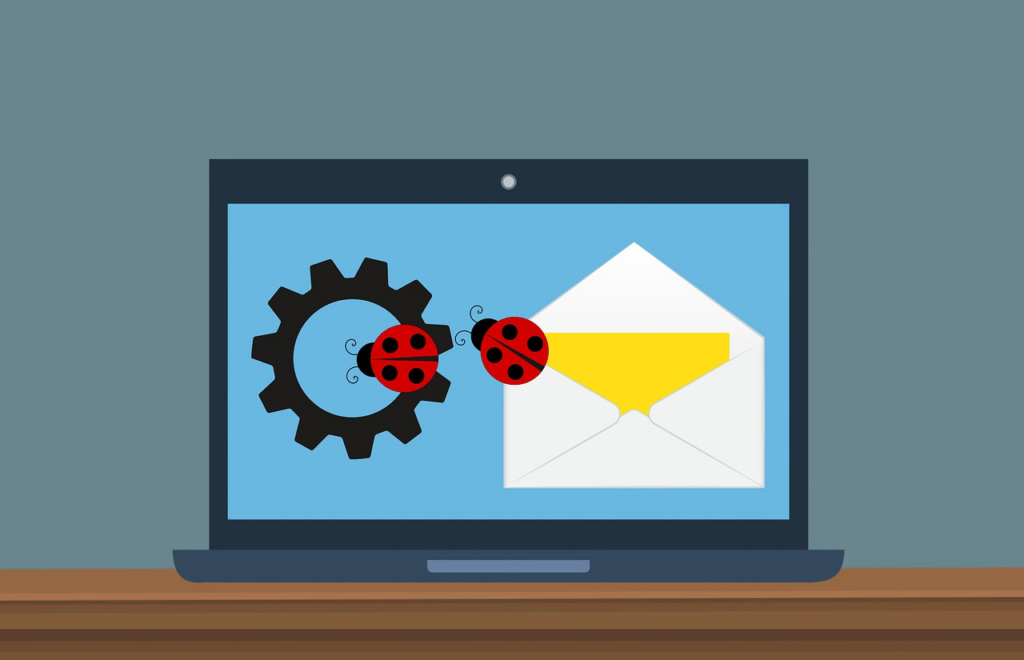
The other critical step in awareness training is phishing email training. Phishing email training’s primary purpose is to teach employees to recognize signs of attacks like fraudulent URLs, emails with improper grammar and spelling, and incorrect email addresses. Also, details on recognizing spoofed emails, phishing links/attachments, and the steps a user should take after identifying a threat should be available in the phishing email training.
6. Embrace Google Slides Presentations
One of the commonly used teaching tools for presentations is Google Slides because it proves valuable when deploying it for strategic tasks. Here are a few ideas for maximizing Slides:
- Identify a lively and easy-to-view theme.
- Ensure your bullet points are short and concise.
- Do not forget to add visual elements.
- Use relatable and exciting fun images, facts, and humor to break your points.
Also, ensuring notes are available for individual review by employees after your Google Slides presentation is a wise idea.
7. Consider Phishing Simulation Training
Facing phishing attacks is the best way to learn, but the approach should not expose you to security risks, and that is where phishing simulation training comes in handy. A simulation allows you to create “real” attacks, which you can send employees. As a result, you gain a better understanding of the risks facing your entity through these managed attacks.
In turn, you can customize your training, which will become an eye-opening experience for employees to ensure that they remain vigilant in the future.
8. Incorporate Cybersecurity Awareness Training for Overall Safety
Enhance your digital safety by incorporating a cybersecurity awareness training (CAT) program at your workplace. This will help employees understand the risks associated with phishing, among many other important technology safety topics to be aware of. Without the right type of training, your organization will be more susceptible to cyber risks and vulnerabilities. A good cybersecurity training program can help your business prevent data breaches and phishing attacks, create a community of understanding and awareness, protect finances, help with compliance*, and more.
*Note that cybersecurity awareness training doesn’t automatically equal compliance, look into your industry and state/region compliance laws for clarification.

Why You Should Consider Trend Micro Phish Insight
Cybersecurity awareness is a necessity, and that is why training employees to avoid phishing emails is not an option. One of the tools worth investing in for training employees about avoiding these scam emails is Trend Micro Phish Insight. Opting for this tool allows you to access:
• Useful training content as a result of collaboration with leading training providers who deliver up-to-date information.
• Quizzes to improve learning. That implies that one can measure training effectiveness using short tests at the end of a training module.
• Simple and clear reporting that allows you to view metrics that track attendance and quiz scores using easy-to-consume dashboards. Also, downloading data with a single click and importing it into your BI tool is possible in this case.
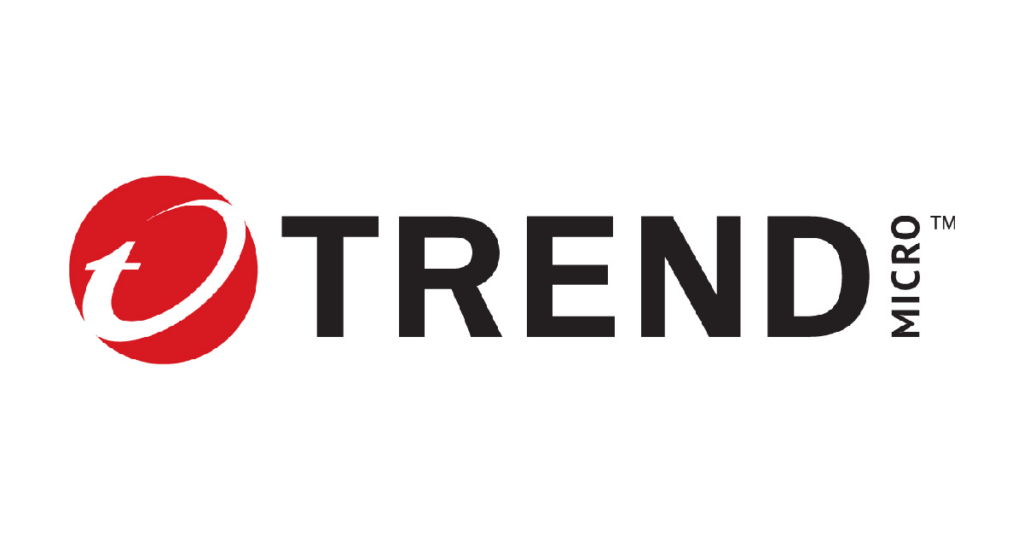
A combination of Trend Micro’s phishing awareness training and simulation solutions results in a holistic training approach that ensures employees are more resilient to the threat of cyber attacks. Incorporate a cybersecurity mitigation plan, which can include: training employee, monitoring and analyzing results, and finally, starting a realistic but safe simulated phishing attack.
Trend Micro XDR Also Helps Prevent Phishing Scams
Antivirus is necessary for all businesses. Trend Micro XDR is a next-level antivirus software that looks beyond the endpoints to truly protect your network. In the event of a threat, virus, or something along the line, antivirus will be your best friend. But how does Trend Micro XDR — Extended Detection and Response — help fight against phishing?
Your antivirus can be incorporated into your Google Workspace and email account. When you receive a “phishy” message, perhaps spam or something from a suspicious sender, Trend Micro can mark it as “Risky.” Be vigilant of these markers! They might not always be accurate, but more times than not, you’ll be glad they’re there. In the event that malware or a virus does deploy on your device, your antivirus software is there to protect you.


Conclusion: Staying Safe Against Phishing
Note that user security awareness training is not a one-off task since phishing and the strategies that cybercriminals use keep evolving. Educating employees about phishing is important. The implication here is that training employees to avoid phishing emails should be a continuous process. Conducting user security awareness training quarterly is advisable, but remember to slot in simulations and awareness of new threats in between.
If you need further guidance on training employees to avoid phishing emails, contact us today.
